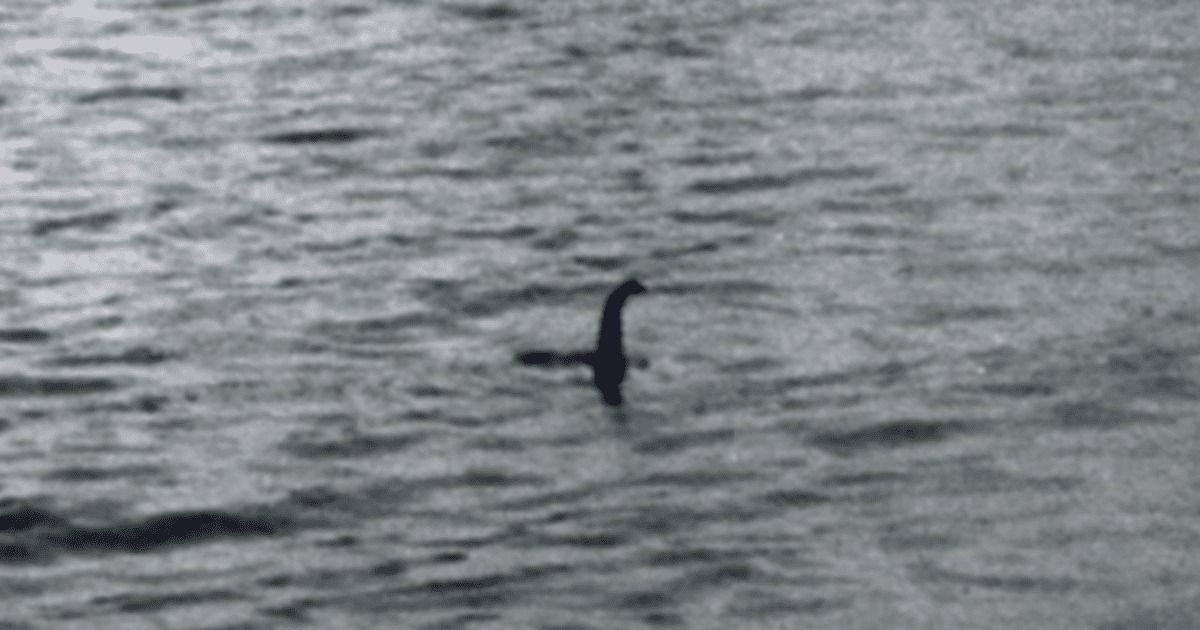The legend of the Loch Ness Monster has been passed on for decades.
For those of you who have never heard of the Loch Ness Monster, it’s “a large marine creature believed by some people to inhabit Loch Ness, Scotland”.
Scientists in the UK, and Morroco have come to the conclusion that the Loch Ness Monster’s existence is indeed plausible.
Their reasoning is based on the fact that archeologists were able to discover small plesiosaur fossils in Morocco’s Sahara Desert which was previously a river.
Loch Ness Monster's existence now 'plausible' after fascinating new discovery about freshwater plesiosaurshttps://t.co/9KHoGNgJBS
— Jack Poso 🇺🇸 (@JackPosobiec) July 28, 2022
Edinburgh Live had more details to add:
A new study has made the myth of the Loch Ness Monster all the more ‘plausible’, as confirmed by various universities.
The mythical Scottish creature has been a tale of old across the nation, and there have been dozens of sightings of the beast over the years, reports LadBible.
But as with the other myths like Bigfoot, a majority of the population does not believe Nessie is a real thing, as nobody has captured a good enough photo of it to prove it.
Also, people don’t believe in the Loch Ness Monster because it is said to have a long neck and head similar to that of a plesiosaur – meaning it wouldn’t be able to survive in the Loch, because it is a saltwater creature.
However, scientists at University of Bath, the University of Portsmouth in the UK, and Université Hassan II in Morocco have disregarded that statement. The schools have discovered small plesiosaur fossils in a 100-million year old river system that is now Morocco’s Sahara Desert.
Get your binoculars out and get up to Loch Ness to see Nessie 🔎👀
More below 👇https://t.co/qKuPiEmofn
— LADbible (@ladbible) July 27, 2022
🔎 Existence of Loch Ness Monster is ‘plausible’ after fossil discovery
River system dig in modern-day Morocco offers ‘controversial’ new perspective on how marine reptiles and aquatic dinosaurs co-existed
— The Telegraph (@Telegraph) July 26, 2022
Newsweek covered the story too:
The existence of the mythical Loch Ness Monster is plausible, scientists said after making a new discovery.
Researchers from the the University of Bath and University of Portsmouth in the U.K., and Université Hassan II in Morocco, have found fossils of small plesiosaurs—an extinct, long-necked reptile—in what used to be an ancient river system.
The fossils were discovered in what is now Morocco’s part of the Sahara Desert, however 100 million years ago it was a body of freshwater, according to the study published in Cretaceous Research.
The finding shows that the marine reptiles—once thought to be sea creatures—may have dwelled in freshwater habitats. The fossils found consist of bones and teeth from adult plesiosaurs measuring 9 feet long, and a bone from a baby, measuring 5 feet.



Join the conversation!
Please share your thoughts about this article below. We value your opinions, and would love to see you add to the discussion!